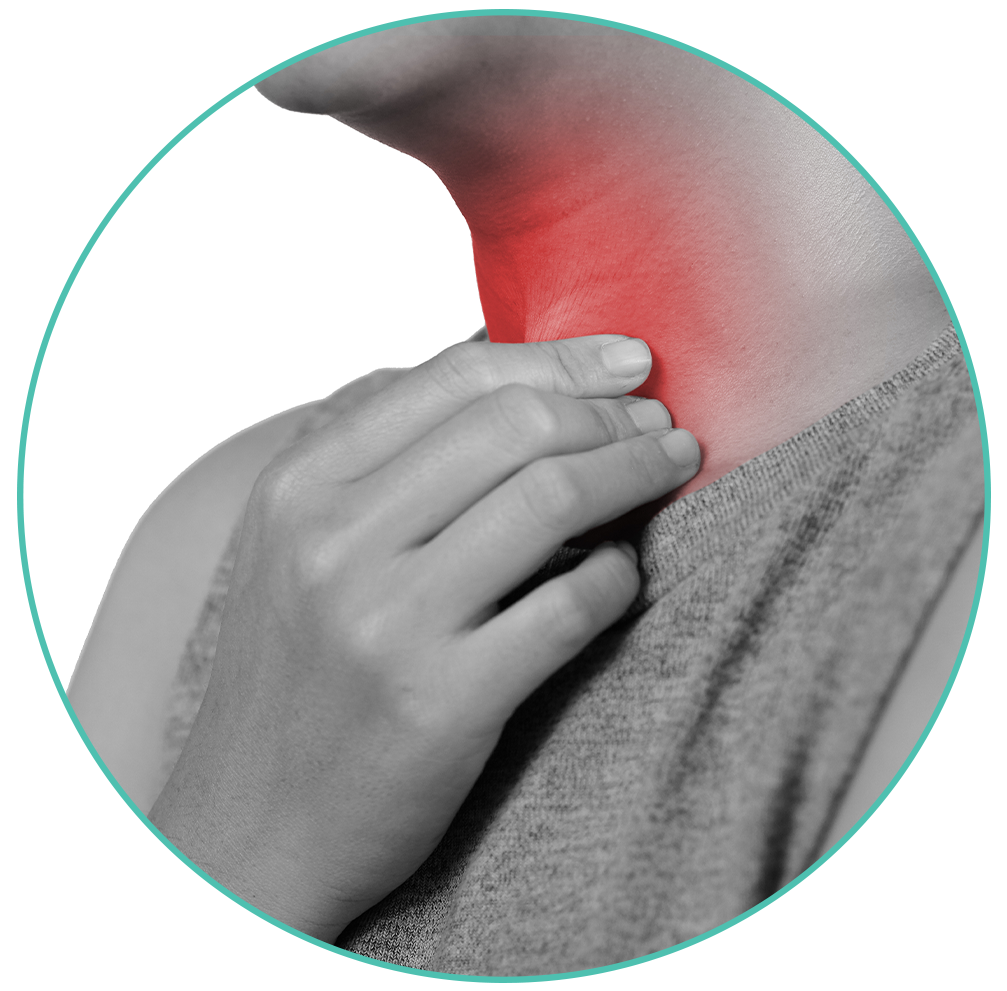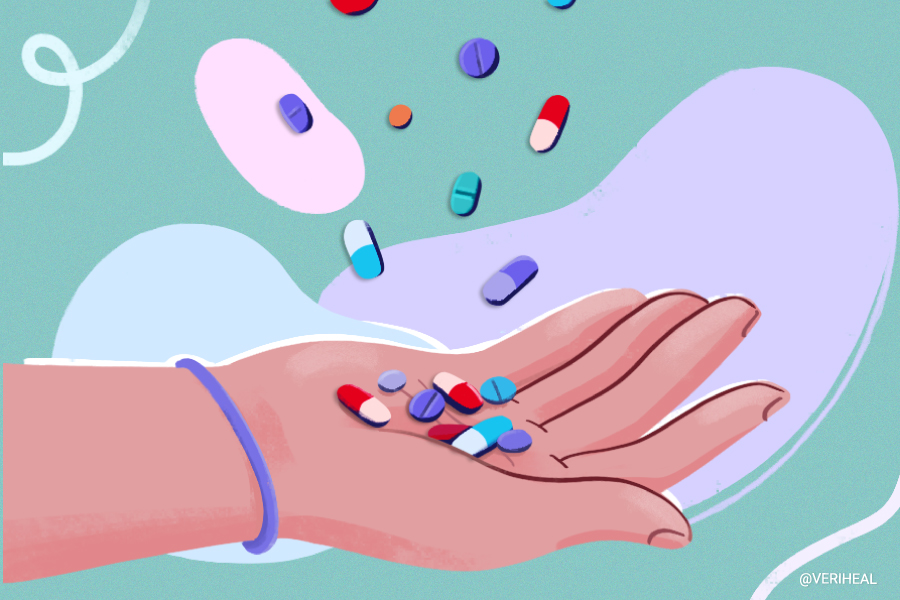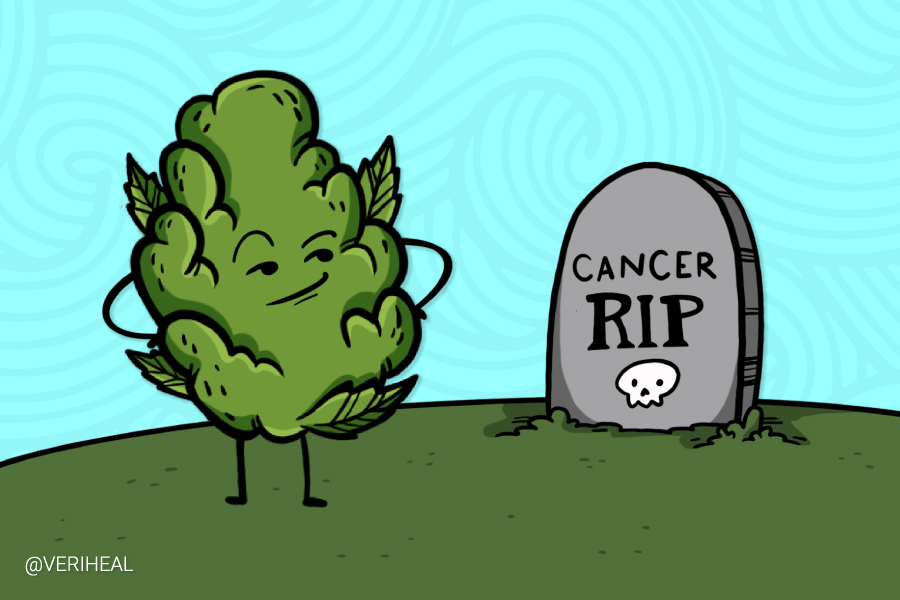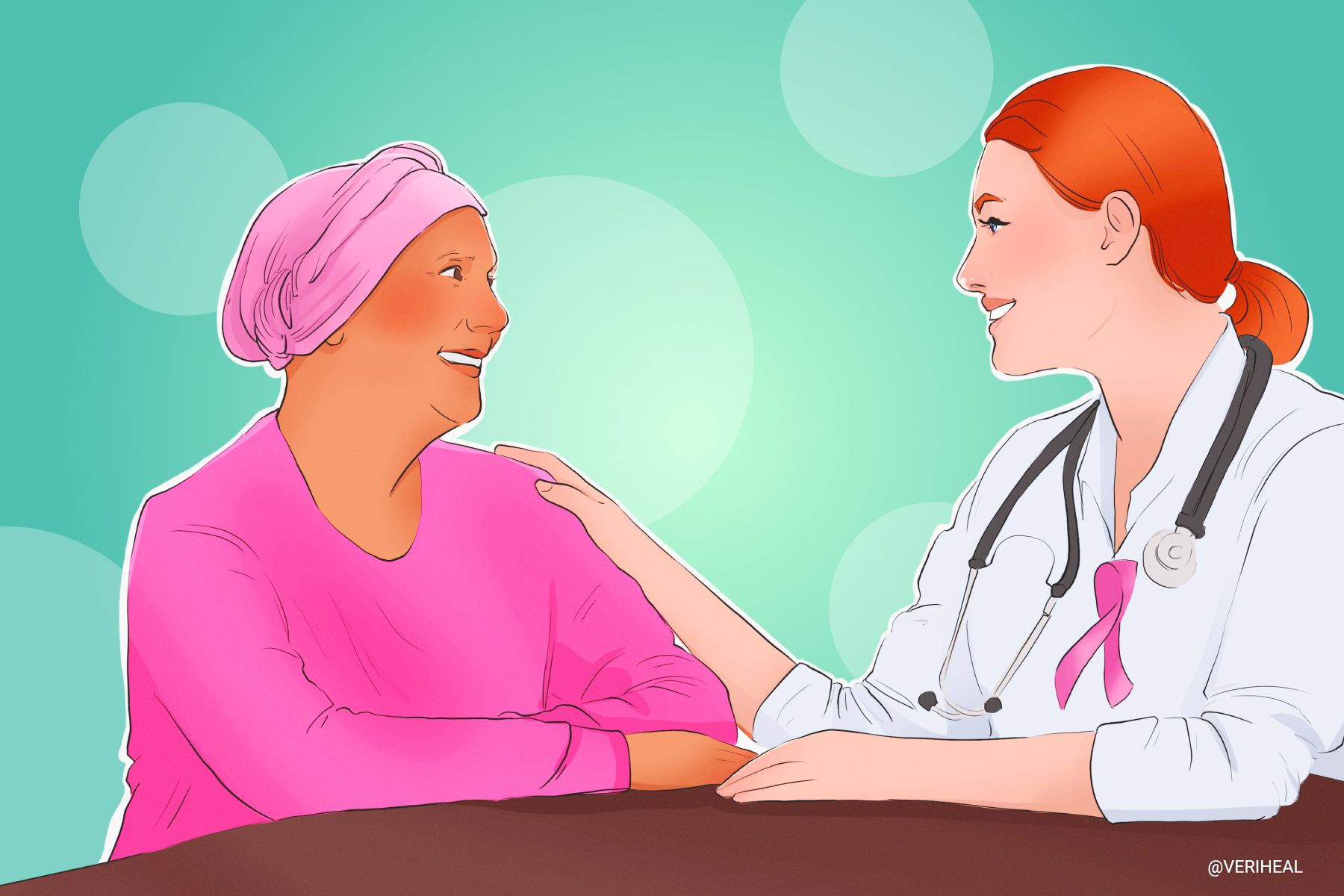Lymphoma and Medical Cannabis Treatment
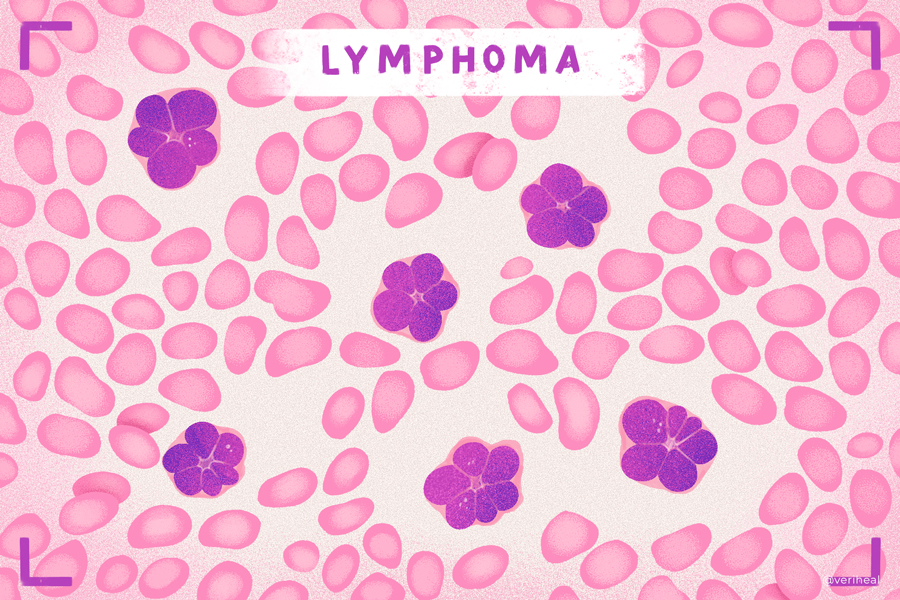
- Lymphoma Signs, Symptoms and Types
- Lymphoma Causes and Complications
- Lymphoma Treatment: Can Cannabinoids Provide Relief?
- The Role of the Endocannabinoid System in Treating Lymphoma
- What Preparations of Cannabis are Best for Lymphoma
- Talking to Your Doctor About Medical Cannabis
The human body is a robust machine capable of wondrous things, but when the lymphatic system is out of balance, cancer called ‘lymphoma’ may occur. Lymphoma can leave a trail of destruction in many parts of the human body, including the body’s vital organs.
An aggressive type of cancer that claims thousands of lives each year, lymphoma begins in the lymphocytes (11). In cases of cancer, these antibody-producing white blood cells are released by the lymphatic system with a genetic mutation.
According to the American Cancer Society, non-Hodgkin lymphoma is the most common type of lymphoma and is estimated to impact the lives of approximately 80,470 adults and children (44,120 males and 36,350 females) in 2022 (3). This type of lymphatic cancer is sometimes fatal. Hodgkin’s lymphoma is somewhat less common but still will affect around 8,540 new people this year.
When functioning at its best, the lymphatic system—which includes the lymph glands (lymph nodes), thymus gland, bone marrow, and spleen—fights against infection and assists with the homeostasis system.
Cannabis reacts with the endocannabinoid system (ECS), which also helps to regulate homeostasis. The body may be given relief from cancer-related pain, lack of appetite, and nausea or vomiting when a lymphoma patient consumes cannabis.
Lymphoma Signs, Symptoms and Types
Doctors can diagnose children and adults with more than 70 unique types of lymphoma in two broad categories: Non-Hodgkin’s lymphoma and Hodgkin’s lymphoma. While some types of lymphoma tend to grow slowly (indolent or low-grade lymphoma), others will grow at a rapid rate (aggressive or high-grade lymphoma).
One of the main concerns for patients who receive a lymphoma diagnosis centers around the subject of cancerous cell proliferation. Cancerous cells are known for spreading to different areas of the body, including the bone marrow, blood, spleen, lymph nodes, and other vital organs.
When this happens, there is a chance that the cells can breed and gradually form into tumors. To better understand lymphoma, let’s explore the two main types of lymphoma.
Hodgkin’s lymphoma (HL)
Hodgkin’s lymphoma accounts for approximately 10% of all lymphoma cases in the United States (8). It is otherwise known as Hodgkin’s disease. Originally found in a type of B cell that is contained in the bone marrow, Hodgkin’s is considered to be one of the most curable forms of cancer, particularly in cases that are diagnosed and treated early. It is the most commonly diagnosed cancer in adolescents between 15 to 19 years old (2).
Non-Hodgkin’s lymphoma (NHL)
This group represents more than 60 types and subtypes and accounts for approximately 90% of all cases (6). It is the most common form of lymphoma and usually develops in older adults, although It is also a common form of newly diagnosed cancer among children.
In order to draw a distinction between the two broad groups of lymphoma, biopsy tissue must be examined under a microscope. While HL has abnormal cells with two nuclei, better known as “Reed-Sternberg cells”, NHL does not. Regardless of the cellular differences, the symptoms (both early and late stage) are fairly similar in both HL and NHL.
Signs and symptoms of lymphoma may include:
- Constant tiredness
- Fever
- Painless inflammation of lymph nodes in the armpits, groin, and/or neck
- Night sweats
- Skin itchiness
- Shortness of breath
- Unexplained weight loss
Lymphoma Causes and Complications
People who work in environments with radiation and hazardous chemicals, such as benzene and agricultural chemicals, will be at higher risk of developing lymphoma. Individuals who are exposed to these substances in the workplace usually fall into the highest risk category and should abide by occupational health guidelines to reduce health risks.
To date, doctors haven’t discovered the root cause of lymphoma. However, the disease’s progression stems from the ‘lymphocyte’ – a white blood cell that is designed to fight foreign microorganisms and invasive offenders. Regardless of whether you are diagnosed with non-Hodgkin’s lymphoma or Hodgkin’s lymphoma) one thing is for certain – the cancer will originally surface in B lymphocytes (B cells) and T lymphocytes (T cells).
In cases of lymphoma, the DNA of the lymphocyte cell develops a genetic mutation that prompts the cell to multiply at a rapid rate (9). As the body continues to produce diseased lymphocytes, the lymph nodes, spleen, and liver begin to swell.
A handful of risk factors can increase the risk of lymphoma, such as:
- Age – Hodgkin lymphoma is more likely to affect older people, whereas non-Hodgkin lymphoma rages more aggressively in teens and young adults (15-39 years) and also among older adults (ages 75 and older).
- Gender – Although the reason why remains uncertain, it seems that males are more likely to develop lymphoma than females.
- Immunity – People who suffer from immune system diseases and/or abuse drugs that starve the immune system are more at risk for lymphoma.
- Infections – Certain infections can increase the chances of someone developing lymphoma, such as Epstein-Barr virus and Helicobacter pylori infection.
The chances of successful treatment are fair if either type of the disease is caught early enough. Fortunately, the 5-year survival rate for Hodgkin’s lymphoma is now somewhere around 87% (2). Similarly, the 5-year survival rate for people who suffer from non-Hodgkin lymphoma in the United States is over 84% (4).
Lymphoma Treatment: Can Cannabinoids Provide Relief?
Lymphoma is usually treated with chemotherapy and radiation therapy, but the side effects are nothing short of unpleasant. Examples include intense fatigue, hair loss, nausea, and vomiting. Moreover, the struggle to hold down any food might contribute to weight loss and nutrient/vitamin deficiency in patients.
Alternative treatment options include immunotherapy, which involves administering immune system-boosting liquids via an IV, and cannabis. Of all the research that has been carried out into cannabis so far, some of the most promising results have been attained through cancer patient research.
Studies have even demonstrated that cannabinoids like CBD (cannabidiol), CBG, CBC, and THC may hinder the growth of certain cancer cells (1). In addition to acting directly on cancer cells, CBD may also impact the tumor environment by preventing the development of blood cells that fuel cancer growth.
Not only does cannabis – a natural anti-inflammatory – serve as a potential line of defense against the proliferation of cancer cells but more practically, the plant’s psychoactive compound THC (tetrahydrocannabinol) may help to ease the side effects of lymphoma chemotherapy treatment, such as nausea and vomiting (7).
Evidence for this is so strong that prescription synthetic THC like dronabinol and nabilone are FDA-approved for nausea and vomiting in chemotherapy patients who don’t respond to other nausea medicine (5). Dronabinol is also approved to increase appetite and weight gain in patients with AIDS.
The Role of the Endocannabinoid System in Treating Lymphoma
The ECS is a complex cell-signaling system that was discovered in the early 1990s by Israeli scientist Raphael Mechoulam and his lab team. The role of cannabinoid receptors and the endocannabinoid system in mantle cell lymphoma and other non-Hodgkin lymphomas was highlighted in this PubMed study (10).
The researchers found that CB1 and CB2 receptors are majorly expressed on neoplastic (cancerous) lymphocytes in malignant lymphoma. When these cannabinoid receptors were targeted with endogenous or synthetic agonists, cell proliferation in vitro and in vivo was reduced.
Interestingly, the use of endogenous or synthetic agonists promoted programmed cell death selectively in tumor cells of mantle cell lymphoma. Plus, since cannabis users report improvement in appetite, nausea, pain, and overall well-being, the plant may serve as a valuable aid for lymphoma patients who undergo chemotherapy and radiation treatment. Cannabis therefore could be a reasonable addition, but not a substitute, to lymphoma or other cancer treatments.
What Preparations of Cannabis are Best for Lymphoma?
Cannabis use cannot be considered a cure for lymphoma, but the plant’s remedial qualities lend itself to a whole host of mental and physical benefits in patients. Various cannabis preparations to choose from, such as capsules, sprays, ointments, cannabis oil, and tablets.
It is advisable to start with a wide range of cannabinoids on terpenes, since this will not only affect the flavor of the cannabis but also, it will influence the overall therapeutic availability of that specific strain. Many terpenes are also known for their anti-cancer properties.
Talking to Your Doctor About Medical Cannabis
As a plant that is still widely misunderstood, cannabis is not necessarily something that everyone feels confident talking about with their doctor. Even so, the plant could serve as an aid for relieving the acute and chronic symptoms that may arise in patients and therefore it’s important to explore your options with a medical professional.
Research efforts have been stiffed by federal limitations on the plant, but a growing number of studies paint a fascinating picture of cannabis’ therapeutic benefits. Let’s not forget about the observational evidence that’s mounting up from patients, too.
Remember that, so long as you reside in a medical cannabis-friendly state, you’re asking your doctor for something that is accepted by law. Be sure to mention any existing medications that you are taking so as to avoid any unwanted interactions.
Complementary Treatments Worth Discussing with Your Doctor
Your chances of recovering from lymphoma (or at the very least improving quality of life) can be amplified if you set aside some time to talk about complementary therapies with your healthcare provider in addition to standard treatments like chemotherapy.
By organizing a consultation with a qualified doctor, you can plan a comprehensive treatment plan that blends a range of safe and effective complementary therapies, including cannabis.
Ancient and traditional medical systems such as Ayurvedic medicine, Chinese medicine, homeopathy, IV mistletoe and high-dose vitamin C infusions, Acupuncture, Reiki, aromatherapy, massage, exercise, and naturopathy are favored by some patients.
You might also consider a “mind-body intervention” in the form of hypnosis, guided meditation, hypnosis, music therapy, Tai Chi, and/or yoga. After all, the mind is a powerful tool that can influence your bodily functions!
Do something today that your future self will thank you for by contacting Veriheal. Our team aims to help you understand what types of cannabis and methods of consumption are right for your condition.
Our network features doctors who are licensed to serve medical marijuana in their respective states. You can also rely on us to put you in touch with the best dispensaries and set up a cannabis coaching session to tailor your cannabis regimen.
Contact us today to find out if you qualify.
Note: The content on this page is for informational purposes only and is not intended to be professional medical advice. Do not attempt to self-diagnose or prescribe treatment based on the information provided. Always consult a physician before making any decision on the treatment of a medical condition.
1. Dariš, B., Tancer Verboten, M., Knez, Ž., & Ferk, P. (2019). Cannabinoids in cancer treatment: Therapeutic potential and legislation. Bosnian Journal of Basic Medical Sciences, 19(1), 14–23. https://www.ncbi.nlm.nih.gov/pmc/articles/PMC6387667/
2. Hodgkin lymphoma statistics: How common is hodgkin disease? American Cancer Society. (n.d.). Retrieved August 23, 2022, from https://www.cancer.org/cancer/hodgkin-lymphoma/about/key-statistics.html
3. Information and resources about for cancer: Breast, colon, lung, prostate, skin. American Cancer Society. (n.d.). Retrieved August 23, 2022, from https://www.cancer.org/
4. Lymphoma – non-hodgkin – statistics. Cancer.Net. (2022, March 17). Retrieved August 23, 2022, from https://www.cancer.net/cancer-types/lymphoma-non-hodgkin/statistics#:~:text=The%20overall%205%2Dyear%20survival,survival%20rate%20is%20almost%2064%25
5. Marijuana and cancer. American Cancer Society. (n.d.). Retrieved August 23, 2022, from https://www.cancer.org/treatment/treatments-and-side-effects/treatment-types/complementary-and-integrative-medicine/marijuana-and-cancer.html
6. Non-hodgkin lymphoma. Non-Hodgkin Lymphoma – an overview | ScienceDirect Topics. (n.d.). Retrieved August 23, 2022, from https://www.sciencedirect.com/topics/medicine-and-dentistry/non-hodgkin-lymphoma
7. Rock, E. M., Sticht, M. A., & Parker, L. A. (2014). Effect of phytocannabinoids on nausea and vomiting. Handbook of Cannabis, 435–454. https://academic.oup.com/book/27329/chapter-abstract/197038916?redirectedFrom=fulltext
8. Shanbhag, S., & Ambinder, R. F. (2017). Hodgkin lymphoma: A review and update on recent progress. CA: A Cancer Journal for Clinicians, 68(2), 116–132. https://acsjournals.onlinelibrary.wiley.com/doi/full/10.3322/caac.21438
9. U.S. Department of Health and Human Services. (2016, March 17). Mutations contribute to type of Non-Hodgkin Lymphoma. National Institutes of Health. Retrieved August 23, 2022, from https://www.nih.gov/news-events/nih-research-matters/mutations-contribute-type-non-hodgkin-lymphoma#:~:text=Researchers%20have%20discovered%20genetic%20mutations,highlight%20potential%20new%20treatment%20targets
10. Wasik, A. M., Christensson, B., & Sander, B. (2011). The role of cannabinoid receptors and the endocannabinoid system in mantle cell lymphoma and other non-Hodgkin Lymphomas. Seminars in Cancer Biology, 21(5), 313–321. https://pubmed.ncbi.nlm.nih.gov/22024769/
11. Watson, S. (n.d.). Lymphoma: Definition, symptoms, causes, diagnosis, treatment. WebMD. Retrieved August 23, 2022, from https://www.webmd.com/cancer/lymphoma/lymphoma-cancer#:~:text=Lymphoma%20is%20cancer%20that%20begins,and%20grow%20out%20of%20control












